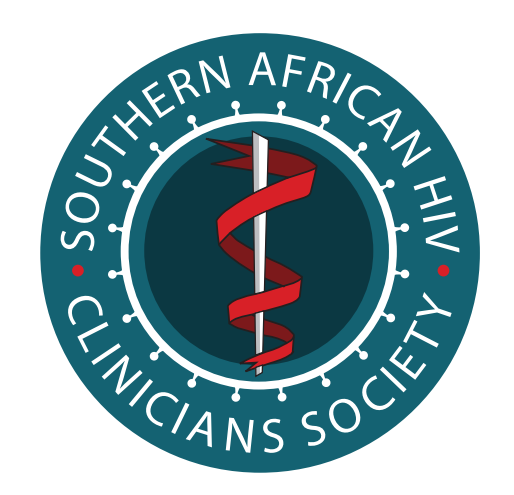Original Research
Impact of antiretroviral therapy on pregnancy outcomes
Submitted: 12 December 2013 | Published: 22 November 2013
About the author(s)
C D Aniji, Department of Obstetrics and Gynaecology, University of Limpopo, Medunsa Campus, Pretoria, South Africa, South AfricaOlakunle A Towobola, Department of Obstetrics and Gynaecology, University of Limpopo, Medunsa Campus, Pretoria, South Africa, South Africa
Muhammad Ehsanul Hoque, Graduate School of Business and Leadership, University of KwaZulu-Natal, Westville Campus, Durban, South Africa, South Africa
T J Mashamba, Department of Obstetrics and Gynaecology, University of Limpopo, Medunsa Campus, Pretoria, South Africa, South Africa
Sam Monokoane, Department of Obstetrics and Gynaecology, University of Limpopo, Medunsa Campus, Pretoria, South Africa, South Africa
Abstract
Objective. To examine the impact of ART on pregnancy outcome according to the timing of initiation of treatment.
Methods. A retrospective cohort study was conducted among women delivering at a tertiary hospital from 1 October 2008 to 31 March 2009.
Results. A total of 245 mothers were receiving ART: 76 mothers (31%) started ART pre-conception and 169 mothers (69%) started ART after the first trimester. No significant differences were observed in the rates of preterm delivery and low birth weight (LBW) between the pre- and post-conception groups (21% v. 24% and 21% v. 25%, respectively).
Conclusion. In this cohort of women receiving ART in pregnancy, timing of ART initiation did not have any adverse effect on the measured pregnancy outcomes such as preterm delivery and LBW.
Keywords
Metrics
Total abstract views: 3867Total article views: 6182
Crossref Citations
1. In Utero ART Exposure and Birth and Early Growth Outcomes Among HIV-Exposed Uninfected Infants Attending Immunization Services: Results From National PMTCT Surveillance, South Africa
Vundli Ramokolo, Ameena E Goga, Carl Lombard, Tanya Doherty, Debra J Jackson, Ingunn MS Engebretsen
Open Forum Infectious Diseases vol: 4 issue: 4 year: 2017
doi: 10.1093/ofid/ofx187
